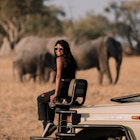A safari in Africa is, for many, the trip of a lifetime. But that doesn’t mean that you need to spend your life savings making it happen.
Yes, the safari industry likes to market itself in exclusive terms, with safari lodges and tented camps offering the height of luxury. And yes, the very remoteness of many safari destinations, some of which are accessible only by small plane, can send costs skyrocketing beyond the means of many mere mortals. But it doesn’t have to be like that.
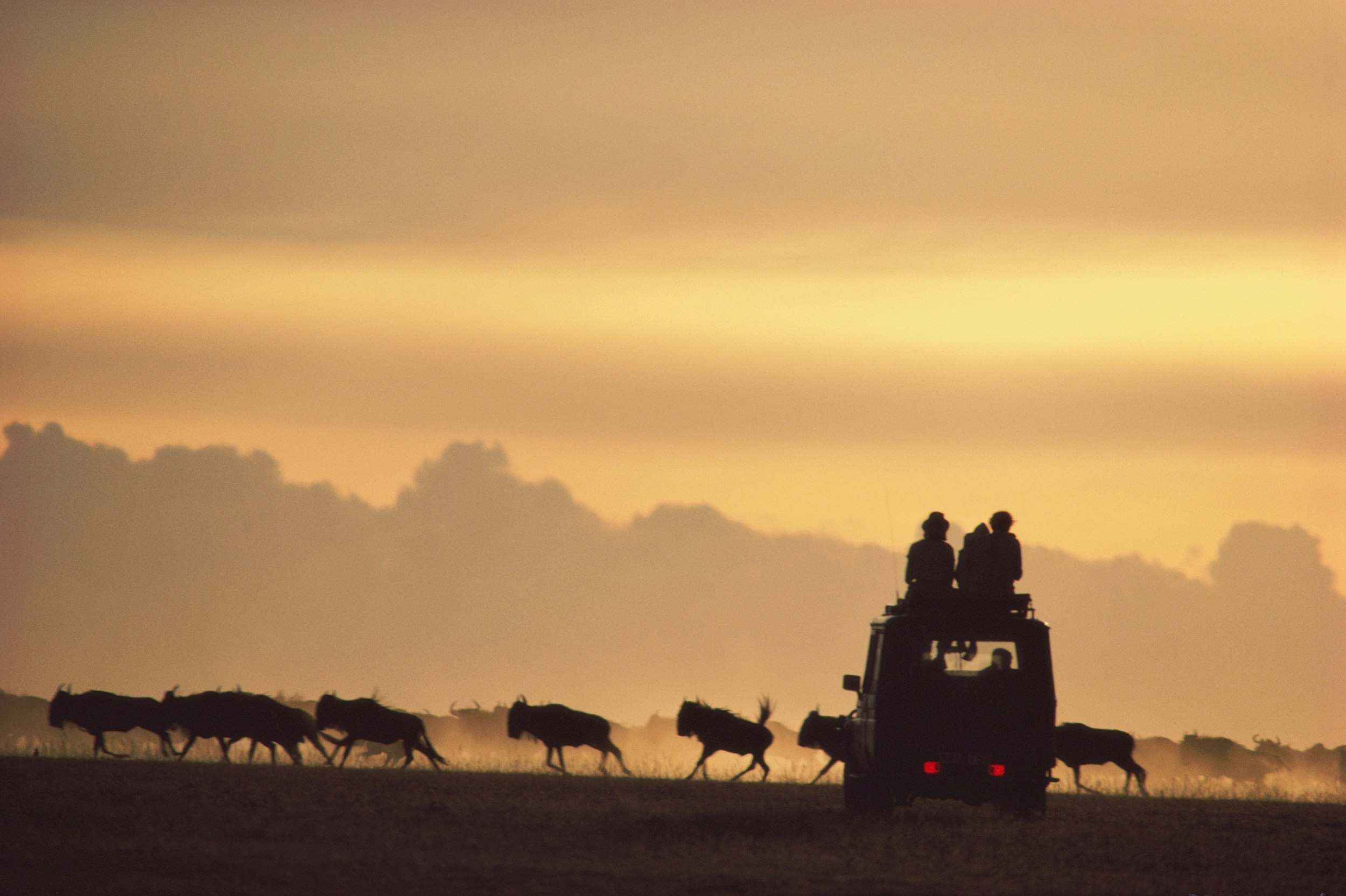
What's considered to be a good value safari experience will, of course, vary from one traveller to the next. Those for whom high levels of comfort are less a consideration than a necessity might find it's a question of finding the best season to travel on safari, rather than making decisions based on where and how to visit. For others, a DIY camping safari may represent the best value. That being the case, consider the following when planning, to get the best value from your safari experience.
1. Choosing when to go
The decision about when to go on safari can have a far greater impact upon the cost of your safari than upon the quality of the safari itself. Seasons vary from one destination to the next, but you may find regional differences that you can exploit to your financial benefit without sacrificing the wildlife goals of your safari. In Botswana, for example, high season in Chobe National Park and the Okavango Delta usually runs from June or July to September, but this also coincides with winter in the Kalahari and many lodges in and around the Central Kalahari Game Reserve consider these months to be low season: the wildlife viewing is just as good, but it’s just a little cooler on your morning safari drive. And in the Delta, it’s rare that the rains continue into May – certainly not into June – so this can be an excellent, cheaper time to visit.
Read more: A day on safari in Africa: what you can expect in camp and in the wild
If you’re willing to take a risk with the weather, the months of November through to January are usually associated with the rains across East Africa and Southern Africa, but these are the 'shorter' rains – usually a downpour or two in the afternoon, but rarely enough to severely limit your safari possibilities. And even into the heart of the rainy season, there’s always a chance of clear skies – Kenya and Tanzania can have blue skies in April, and you'd have some national parks almost entirely to yourself, with plenty of wildlife to keep you interested.

2. Choosing how to go
As a general rule, a DIY safari – one in which you make the arrangements yourself by arranging your own transport and booking your accommodation – should represent better value than an all-inclusive safari. This is almost certainly true in the budget or mid-range price categories, though less so at the top end of the market.
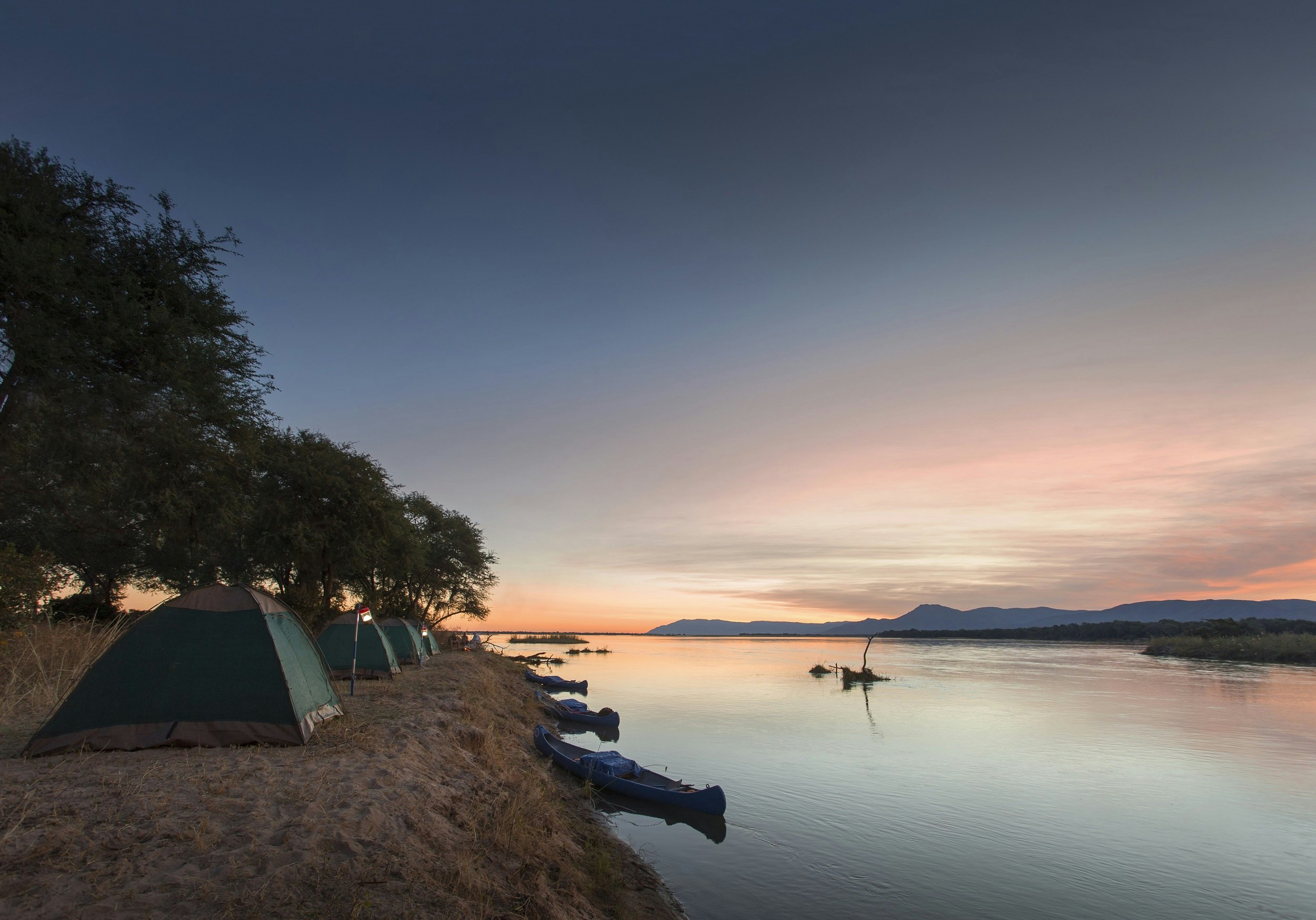
Other factors that can impact upon the price-to-quality ratio of a safari centre around the question of transport. Renting a 4WD camper for a self-drive safari can represent a significant outlay up front, but it should cover both accommodation and transport in one hit. Destinations that require a flight into some remote airstrip also push costs up, both in terms of getting you there, but also the cost of provisioning the camp which is, of course, passed on to guests.
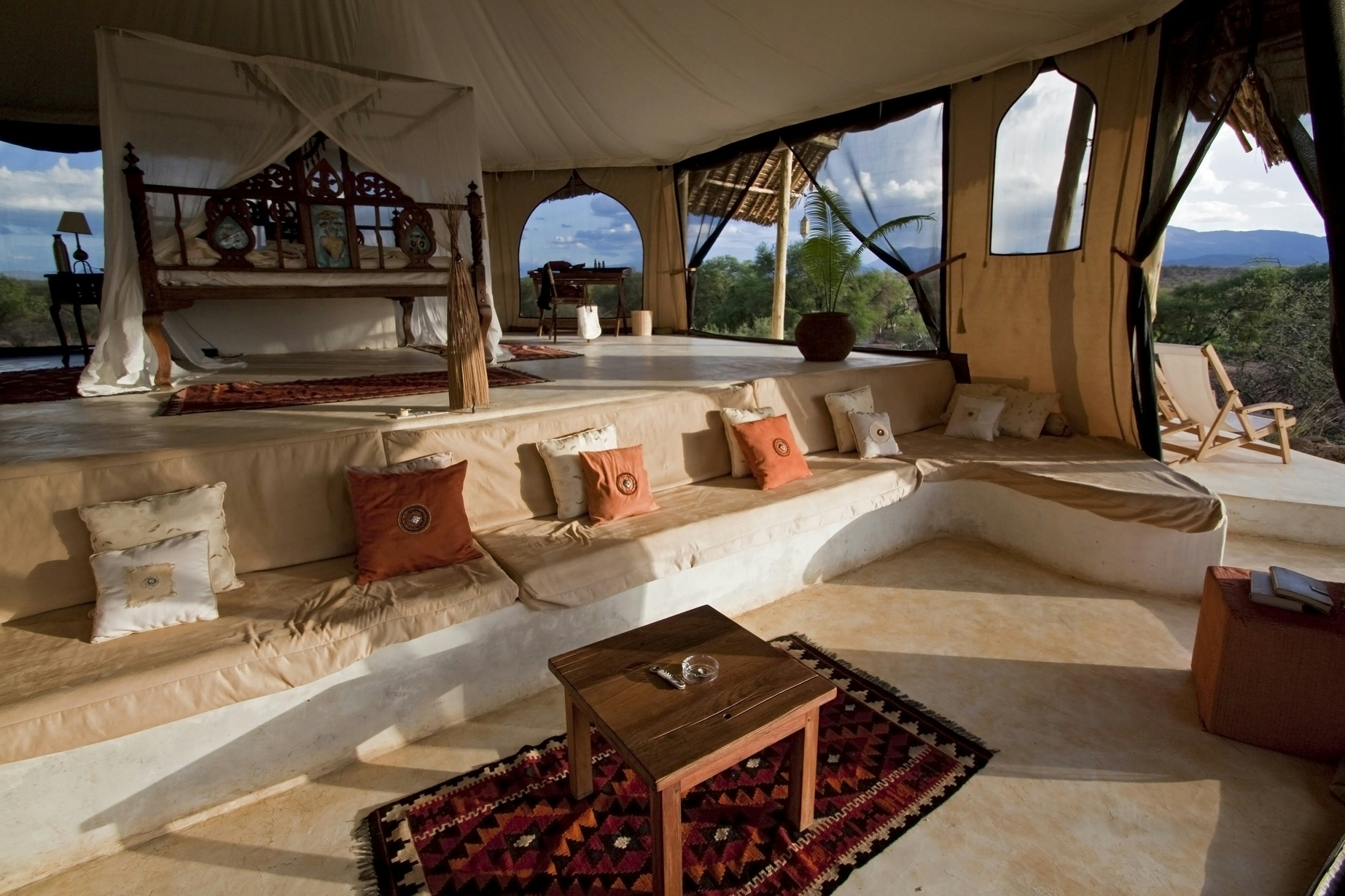
Do the benefits of a remote and exclusive safari outweigh the considerable costs involved? Is 4WD camping too much of a responsibility no matter how reasonable the cost? Each person will have their own opinion on where the best value lies in such cases.
Read more: Are you ready for a self-drive safari in Africa?
3. Choosing where to go
Southern Africa
With many parks, reserves and lodges in Southern Africa targeting tourists who are based within the region, the prices tend to be lower than in East Africa.
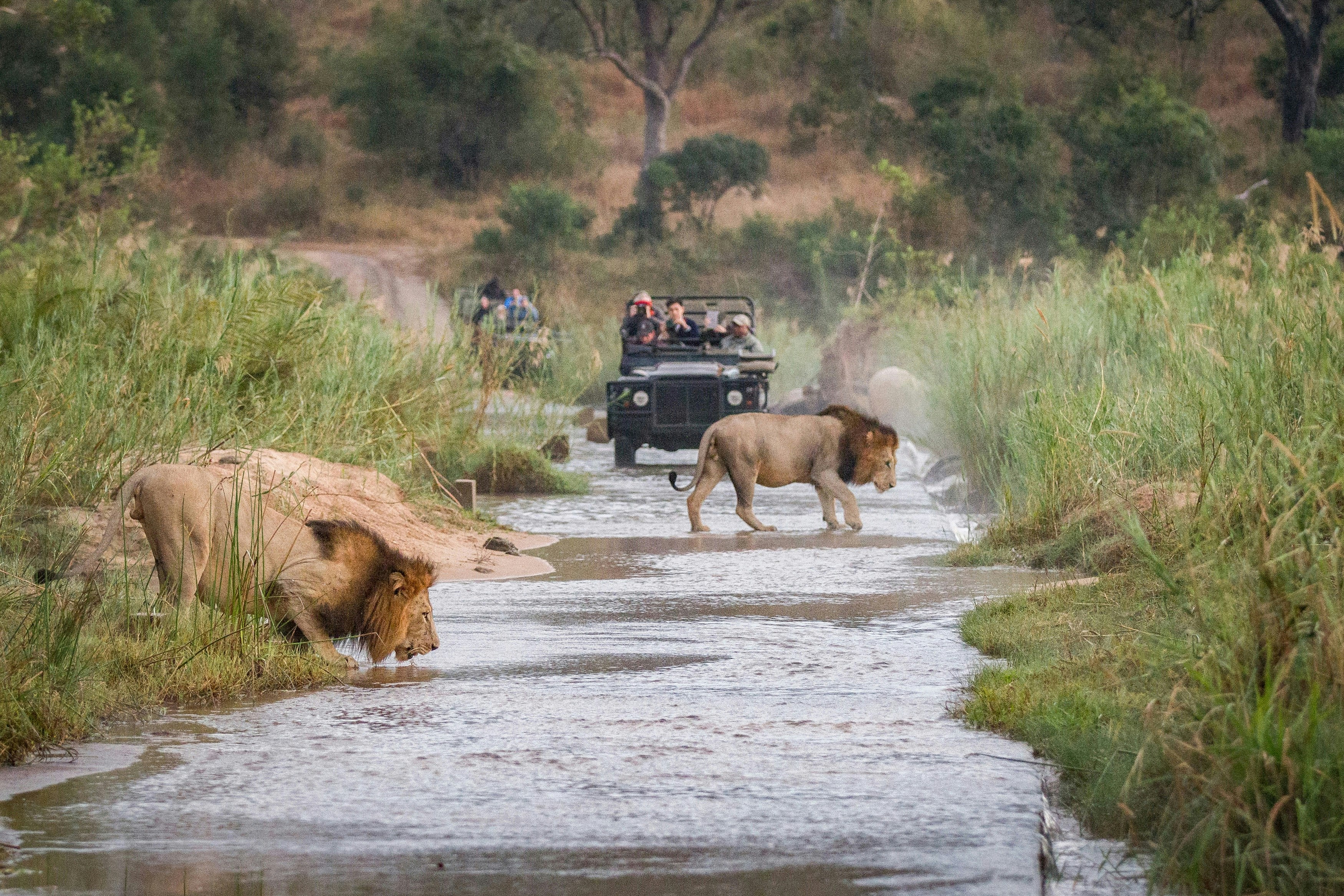
South Africa
South Africa tops the list of Southern African destinations when it comes to value. Although the following applies to most South African parks, Kruger National Park nicely sums up the appeal. For a start, the park is accessible via the country’s mainstream road network and the park’s trails are easily navigable in 2WD vehicle, which helps keep costs down. Park entry fees are also reasonable, meaning that you won’t break the bank if you stay for longer than a few days. And the park has excellent, comfortable, and reasonably priced accommodation that represents excellent value. For those looking for high-end value, the conservancies around Kruger – Sabi Sand, or Timbavati, for example, have luxury accommodation and world-class wildlife watching.
Namibia
The value on offer in Etosha National Park is outstanding. Park fees are reasonable, accommodation is varied and well-priced, and the wildlife watching ranks among Southern Africa’s finest. Elsewhere, the picture is more mixed, with no-expenses-spared, fly-in-fly-out luxury lodges offset by basic camping sites in remote areas and just about everything in between. Just as importantly, wildlife densities can be a bit hit-or-miss, and can vary greatly from one lodge and/or region to the next. In Damaraland, for example, the chance to track rhinos, or encounter deserted-adapted lions or elephants can send the safari value skyrocketing, whereas other areas are more about the scenery and remoteness of the location.
Zambia
A good middle-ground safari destination, Zambia spans the full range of safari possibilities – it’s as good as a self-drive destination as it is for high-end travellers looking for reasonably priced luxury. It’s also rare that you’ll have to factor in fly-in costs, as most parks and lodges are accessible by road.
Zimbabwe
Zimbabwe does the luxury lodge experience as well as any country, but there’s especially good value to be found for those on a tighter budget. National park campgrounds have ample camping facilities as well as cheaper chalets. Many of these are in the heart of the national parks, meaning that budget travellers can often access the same stellar wildlife areas as those staying at the top-end lodges. Outside the parks, recent political changes also mean that police roadblocks (where shakedowns were once routine) are now few and far between.
Botswana
Botswana prides itself on the high-cost-low-numbers safari model: many of the best safari experiences are reserved for those capable of paying a premium. But budget safaris are possible here, and this is one of the best countries in Africa for a self-drive safari. A mix of self-drive safaris and low-high-season hopscotch to keep costs down can bring greater value, and the wildlife is almost always extraordinary. But you’ll have to work a little harder here for anything other than high-end value.
Read more: Where you should go on your first safari in Africa
East Africa
East Africa is the birthplace of the African safari, so there is a plethora of choice across most budgets. However, with two-tiered pricing (one for locals, another for foreigners) within national parks, costs are generally higher than in Southern Africa.

Kenya
Kenya offers outstanding value across all price categories. Wherever you find yourself on the price scale, there’ll be a safari that turns out to be excellent value. Where things fall down a little is on park entry fees (up to US$60 per person per day), and this can blow otherwise reasonable budgets out of the water. It may also mean that, when compared to other countries, you may decide to spend fewer days in a national park than you might like. On the flipside, wildlife-watching is usually excellent with plenty of charismatic mega-fauna throughout the country.
Tanzania
Park entry fees are slightly more reasonable in Tanzania than they are in Kenya, but they’re still high when compared to Southern Africa. And it can all quickly add up (before you even start talking about transport and accommodation costs) if you spend a week or more exploring the Ngorongoro Conservation Area, Serengeti National Park and other parks of the northern safari circuit. It can be decidedly difficult to keep accommodation costs down in many parks, especially the Serengeti, where budget and mid-range accommodation can be difficult to find. On the plus side, wildlife concentrations in most Tanzanian parks are among the richest anywhere in Africa.
Related articles:
Safari animals: the story of lions (and the best places to see them)
Safari animals: the story of rhinos (and the best places to see them)
Safari animals: the story of elephants (and the best places to see them)
Safari animals: the story of cheetahs (and the best places to see them)
Safari animals: the story of leopards (and the best places to see them)









